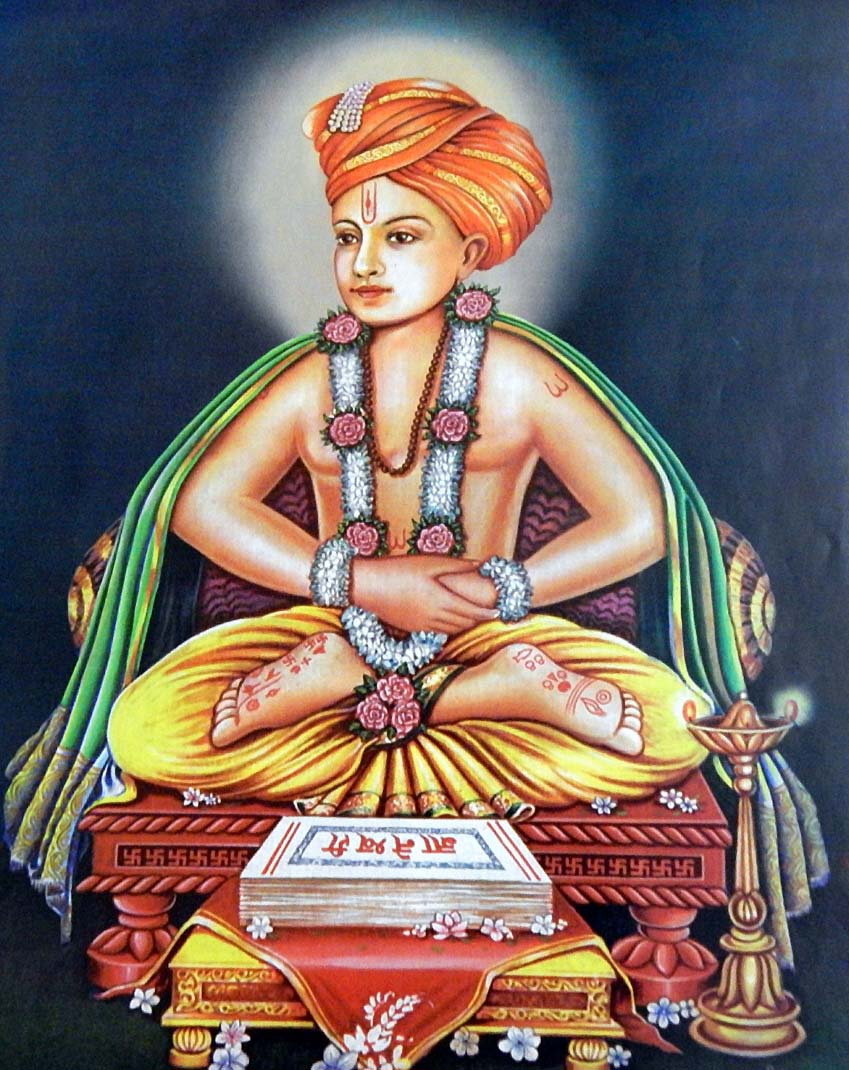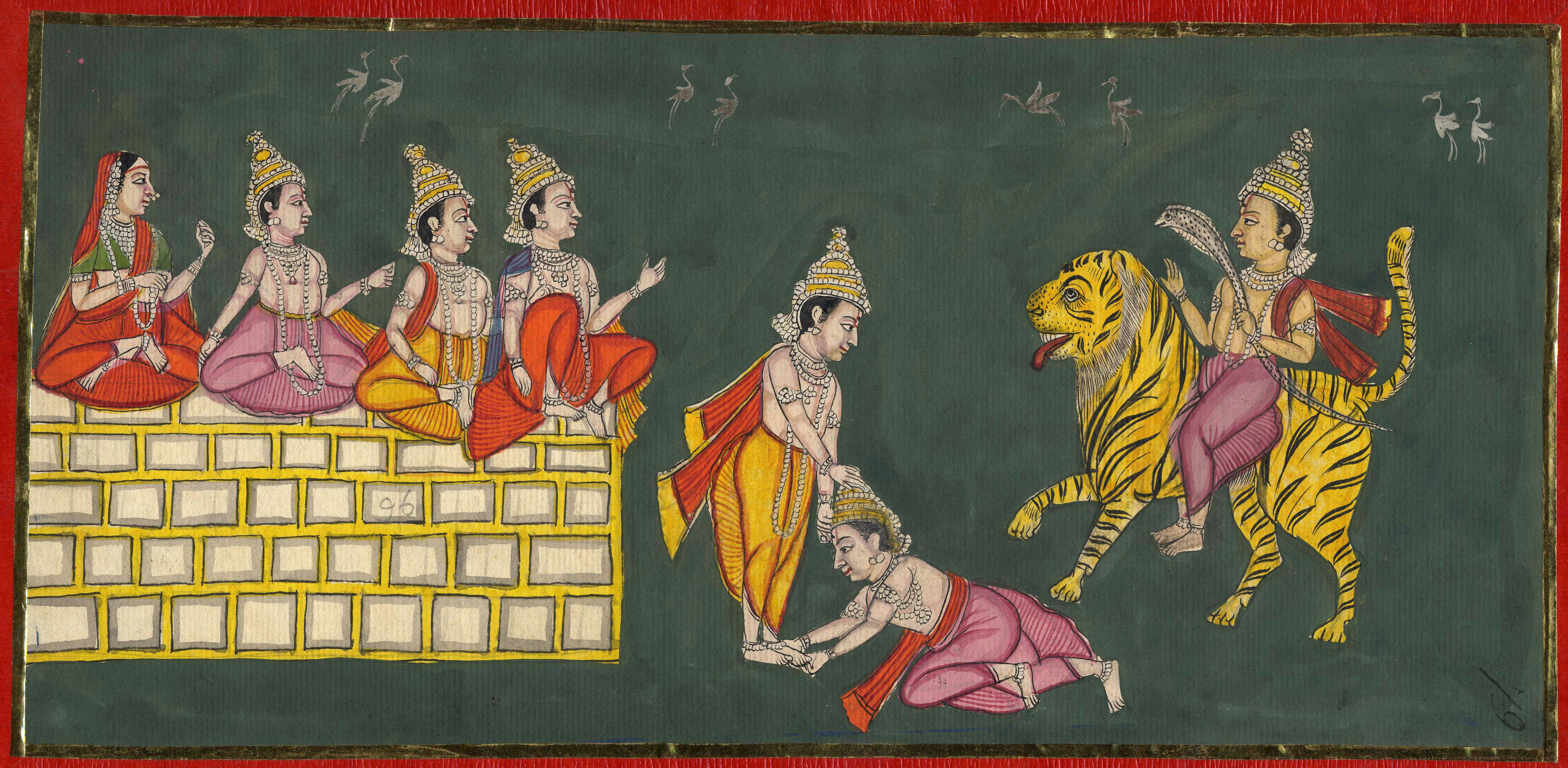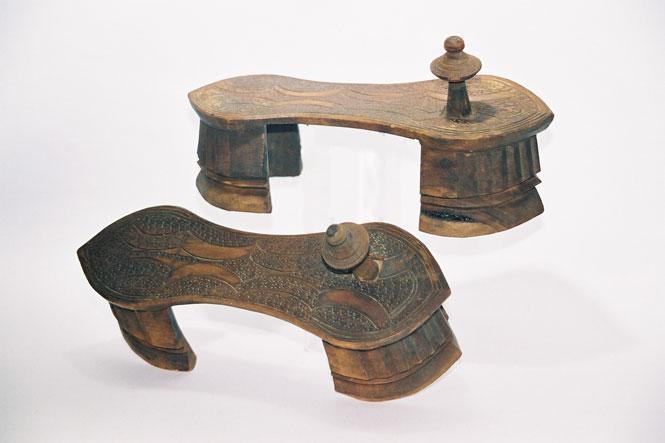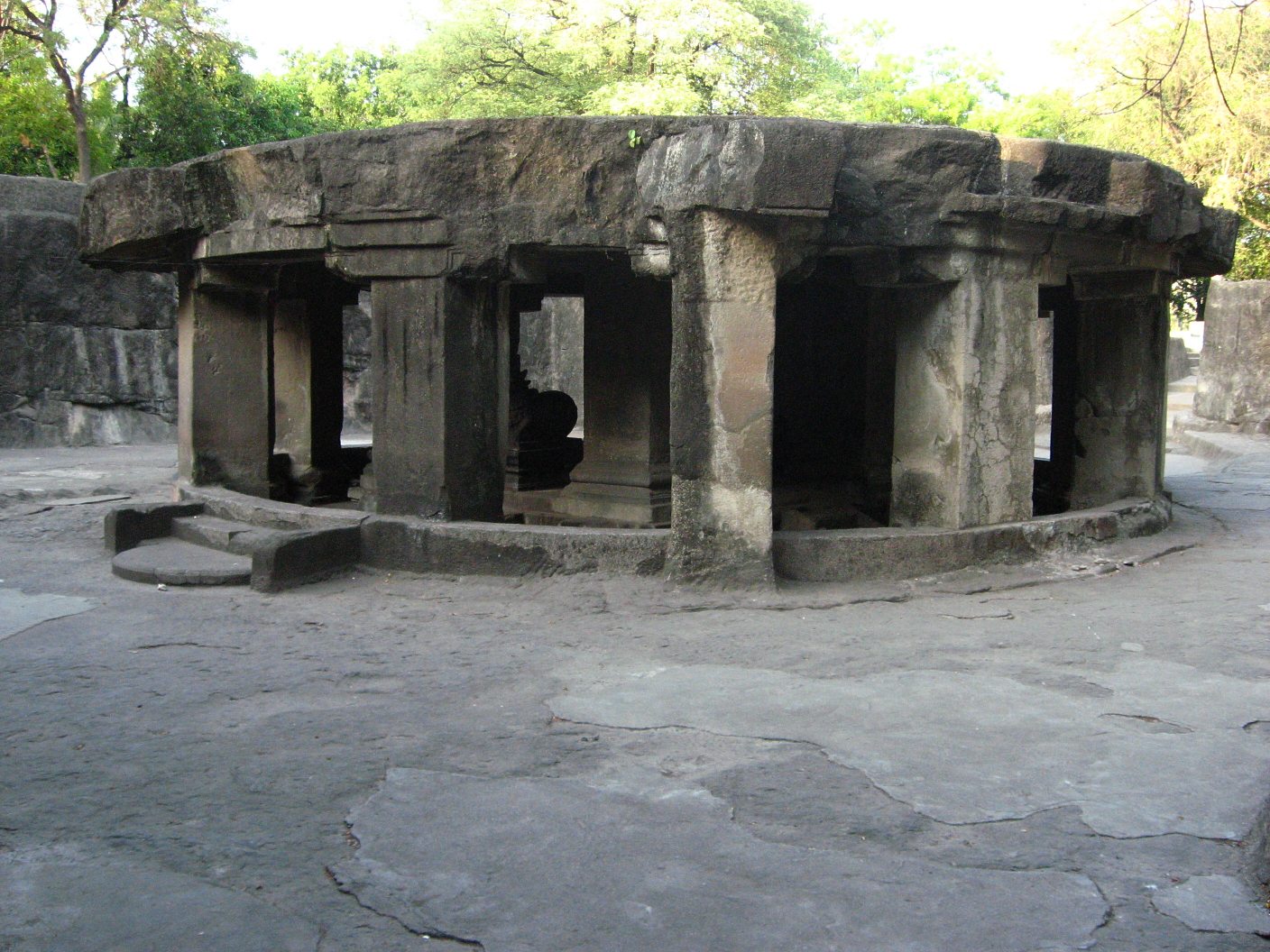|
Alandi
Alandi (Marathi pronunciation: ːɭən̪d̪iː is a town and a municipal council in the Pune district in the state of Maharashtra, India. The town is popular as a place of pilgrimage and for being the resting place of the 13th century Marathi saint Sant Dnyaneshwar. History Alandi has a long history but gained prominence in the 13th century when Dnyaneshwar (1275–1296) decided to entomb, otherwise known as '' sanjeevan samadhi'', himself in a samadhi, a form of shrine, under the then existing Siddheshwar temple complex in 1296. A temple was built over the Samadhi by Ambekar Deshpande in around 1580–1600. Further additions to the temple were made during the Maratha Empire era by Maratha nobles and the Peshwa. In 1778, Alandi was granted to Mahadji Shinde, the powerful Maratha statesman of the Maratha confederacy at that time, by the Peshwa. For two decades after that, the Shinde family were the main sponsors of various renovations of the temple. In the 1820s, Haiba ... [...More Info...] [...Related Items...] OR: [Wikipedia] [Google] [Baidu] |
Sant Dnyaneshwar
Sant Dnyaneshwar (Marathi pronunciation: ̪ɲaːn̪eʃʋəɾ, (Devanagari : सन्त ज्ञानेश्वर), also referred to as Jñāneśvara, Jñānadeva, Dnyandev or Mauli or Dnyaneshwar Vitthal Kulkarni (1275–1296 (living samadhi)), was a 13th-century Indian Marathi saint, poet, philosopher and yogi of the Nath and Varkari tradition. In his short life of 21 years, he authored ''Dnyaneshwari'' (a commentary on the ''Bhagavad Gita'') and ''Amrutanubhav''. These are the oldest surviving literary works in the Marathi language, and considered to be milestones in Marathi literature. Sant Dnyaneshwar's ideas reflect the non-dualistic Advaita Vedanta philosophy and an emphasis on Yoga and bhakti towards Vithoba, an incarnation of Vishnu. His legacy inspired saint-poets such as Eknath and Tukaram, and he is one of the founders of the Varkari (Vithoba-Krishna) Bhakti movement tradition of Hinduism in Maharashtra. Dnyaneshwar undertook samadhi at Alandi in 1296 by en ... [...More Info...] [...Related Items...] OR: [Wikipedia] [Google] [Baidu] |
Pandharpur Wari
Pandharpur Wari or Wari is a ''yatra'' to Pandharpur, Maharashtra, to honor Vithoba. It involves carrying the ''paduka'' of a saint in a '' palkhi'', most notably of Dnyaneshwar and Tukaram, from their respective shrines to Pandharpur. Many pilgrims join this procession on foot. ''Warkari'' is a Marathi term which means "one who performs the ''wari''". The tradition is more than 700 to 800 years old. Marches happen on foot from various locations in Maharashtra to Vithoba Temple. This yatra takes 21 days. Along the way, many other ''palkis'' join the two most revered ''palkhis.'' Starting from their towns located in Pune district of Maharashtra: Sant Dnyaneshwar's ''palkhi'' leaves from Alandi, while Tukaram's begins at Dehu. The ''wari'' culminates at the Vithoba Temple on the holy occasion of Shayani Ekadashi. Devotees from across Maharashtra and nearby areas leave for Pandharpur, wearing holy basil beads and singing the glories of Vithoba and songs like "Gyanba Tukar ... [...More Info...] [...Related Items...] OR: [Wikipedia] [Google] [Baidu] |
Paduka
''Paduka'' () is an ancient form of footwear in India, consisting of a sole with a post and knob which is positioned between the big and second toe. It has been historically worn in South Asia and Southeast Asia. ''Paduka'' exist in a variety of forms and materials. They might be made in the shape of actual feet, or of fish, for example, and have been made of wood, ivory and silver. They may be elaborately decorated, such as when used as part of a bride's wikt:trousseau, trousseau, but could also be given as religious offerings or themselves be the object of veneration. Although simple wooden ''padukas'' could be worn by common people, ''padukas'' of fine teak, ebony and sandalwood, inlaid with ivory or wire, were a mark of the wearer's high status. In the modern world, ''padukas'' are worn as footwear by mendicants and saints of Hinduism, Buddhism, and Jainism. Its significance in Hinduism is linked to the epic ''Ramayana''. ''Paduka'' can also refer to the footprints of deitie ... [...More Info...] [...Related Items...] OR: [Wikipedia] [Google] [Baidu] |
Maharashtra
Maharashtra () is a state in the western peninsular region of India occupying a substantial portion of the Deccan Plateau. It is bordered by the Arabian Sea to the west, the Indian states of Karnataka and Goa to the south, Telangana to the southeast and Chhattisgarh to the east, Gujarat and Madhya Pradesh to the north, and the Indian union territory of Dadra and Nagar Haveli and Daman and Diu to the northwest. Maharashtra is the second-most populous state in India, the third most populous country subdivision in South Asia and the fourth-most populous in the world. The state is divided into 6 divisions and 36 districts. Mumbai is the capital of Maharashtra due to its historical significance as a major trading port and its status as India's financial hub, housing key institutions and a diverse economy. Additionally, Mumbai's well-developed infrastructure and cultural diversity make it a suitable administrative center for the state, and the most populous urban are ... [...More Info...] [...Related Items...] OR: [Wikipedia] [Google] [Baidu] |
Indrayani River
The Indrayani River originates in Kurvande village near Lonavla, a hill station in the Sahyadri mountains of Maharashtra, India. It is a rain-fed river and flows east through the Hindu pilgrimage centers of Dehu and Alandi to meet the Bhima river. It follows a course mostly north of the city of Pune. It is revered as a holy river by Hindus and is associated with Hindu religious figures such as Sant Tukaram and Dnyaneshwar. There is a hydroelectric dam, the Valvan Dam, on the Indrayani at Kamshet. See also *List of rivers of India *Rivers of India With a land area of consisting of diverse ecosystems, India has many rivers systems and perennial streams. The rivers of India can be classified into four groups – Himalayan, Deccan, Coastal, and Inland drainage. The Himalayan rivers, main ... References Rivers of Maharashtra Geography of Pune district {{India-river-stub ... [...More Info...] [...Related Items...] OR: [Wikipedia] [Google] [Baidu] |
Pune
Pune ( ; , ISO 15919, ISO: ), previously spelled in English as Poona (List of renamed Indian cities and states#Maharashtra, the official name until 1978), is a city in the state of Maharashtra in the Deccan Plateau, Deccan plateau in Western India. It is the administrative headquarters of the Pune district, and of Pune division. In terms of the total amount of land under its jurisdiction, Pune is the largest city in Maharashtra, with a geographical area of 516.18 sq km, though List of cities in India by population, by population it comes in a distant second to Mumbai. According to the 2011 Census of India, Pune has 7.2 million residents in the metropolitan region, making it the List of metropolitan areas in India, seventh-most populous metropolitan area in India. The city of Pune is part of Pune Metropolitan Region. Pune is one of the largest IT hubs in India. It is also one of the most important Automotive industry in India, automobile and Manufacturing in India, manufacturin ... [...More Info...] [...Related Items...] OR: [Wikipedia] [Google] [Baidu] |
Samadhi (shrine)
In Hinduism, Sikhism, and Sufism a samadhi () or samadhi mandir is a temple, shrine, or memorial commemorating the dead (similar to a tomb or mausoleum), which may or may not contain the body of the deceased. Samadhi sites are often built in this way to honour people regarded as List of Hindu gurus and sants, saints or gurus in Hindu religious traditions, wherein such souls are said to have passed into ''mahāsamādhi'', or were already in ''samadhi'' (a state of meditative consciousness) at the time of death. In Sikhism, the term "samadhi" is used for the mausoleums of eminent figures, both religious and political. Examples include the Samadhi of Ranjit Singh in Lahore, and that of Maharaja Sher Singh near Lahore. Hindu equivalents are usually called ''Chhatri, chatri'', although those for Maratha Empire figures also often use "samadhi". The forms of structure called "samadhi" vary greatly. The word is sometimes used for a memorial stele, also called paliya, a type of hero sto ... [...More Info...] [...Related Items...] OR: [Wikipedia] [Google] [Baidu] |
Marathi People
The Marathi people (; Marathi language, Marathi: , ''Marāṭhī lōk'') or Marathis (Marathi: मराठी, ''Marāṭhī'') are an Indo-Aryan peoples, Indo-Aryan ethnolinguistic group who are native to Maharashtra in western India. They natively speak Marathi language, Marathi, an Indo-Aryan languages, Indo-Aryan language. Maharashtra was formed as a Marathi-speaking state of India on 1 May 1960, as part of a nationwide linguistic reorganisation of the States and union territories of India, Indian states. The term "Maratha" is generally used by historians to refer to all Marathi-speaking peoples, irrespective of their Caste system in India, caste; However, it may refer to a Maharashtrian caste known as the Maratha (caste), Maratha which also includes farmer sub castes like the Kunbis. The Marathi community came into political prominence in the 17th century, when the Maratha Empire was established by Shivaji in 1674. Etymology According to R. G. Bhandarkar, the term Mara ... [...More Info...] [...Related Items...] OR: [Wikipedia] [Google] [Baidu] |
WikiProject Indian Cities
A WikiProject, or Wikiproject, is an affinity group for contributors with shared goals within the Wikimedia movement. WikiProjects are prevalent within the largest wiki, Wikipedia, and exist to varying degrees within Wikimedia project, sibling projects such as Wiktionary, Wikiquote, Wikidata, and Wikisource. They also exist in different languages, and translation of articles is a form of their collaboration. During the COVID-19 pandemic, CBS News noted the role of Wikipedia's WikiProject Medicine in maintaining the accuracy of articles related to the disease. Another WikiProject that has drawn attention is WikiProject Women Scientists, which was profiled by ''Smithsonian Magazine, Smithsonian'' for its efforts to improve coverage of women scientists which the profile noted had "helped increase the number of female scientists on Wikipedia from around 1,600 to over 5,000". On Wikipedia Some Wikipedia WikiProjects are substantial enough to engage in cooperative activities with outsi ... [...More Info...] [...Related Items...] OR: [Wikipedia] [Google] [Baidu] |
Pandharpur
Pandharpur City (Pronunciation: Help:IPA/Marathi, [pəɳɖʱəɾpuːɾ]) is a popular pilgrimage town, on the banks of Chandrabhaga River, Chandrabhagā River, near Solapur, Solapur city in Solapur district, Solapur District, Maharashtra, India. Its administrative area is one of eleven tehsils in the District, and it is Pandharpur (Vidhan Sabha constituency), an electoral constituency of the state legislative assembly (''vidhan sabha''). The Vithoba Temple, Pandharpur, Vithoba temple attracts about a million Hindu pilgrims during the major ''yātrā'' (pilgrimage) in Ashadha (June–July). Kasegaon is the largest village in pandharpur talukas. Deshmukh of kasegaon are real warrior of maratha empire of king chatrapati shivaji Maharaj,they followed footsteps of chatrapati shivaji maharaj to spread maratha empire across nearby region. A small temple of Śri Vitthala-Rukmini is also located, which is as old as the main Vitthala-Rukmini Mandir, in Isbavi area of Pandharpur known as ... [...More Info...] [...Related Items...] OR: [Wikipedia] [Google] [Baidu] |







